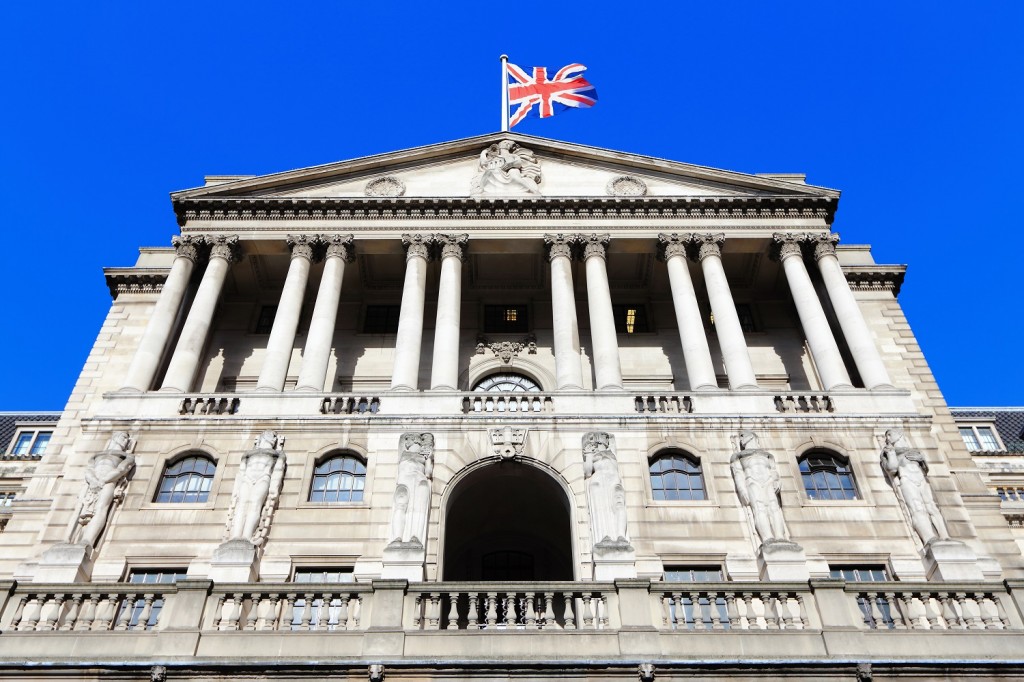
Despite their slow start (being first launched on the UK market in 2006) green mortgages have increased in popularity in recent years to the point where they are becoming a core part of the mainstream mortgage offerings, with more than a dozen lenders now offering a variety of green mortgage products.
There is no universal definition of a green mortgage, but there are common features across the green mortgage products currently available in the UK. Most green mortgage products can be divided into one of two categories:
- A mortgage that offers customers a discounted rate of interest when building or buying an energy efficient home.
- A secured homeowner loan to finance improvements to the energy efficiency of an existing building. The borrower will typically have to spend at least half of the amount borrowed on specific energy efficiency improvements or on upgrades that increase the property’s energy performance certificate (EPC) rating to a specified level.
The key difference with a green mortgage when compared with a conventional mortgage is the link between the cost of borrowing and the energy efficiency of the mortgaged property. For a lender, one reason why green mortgages can be attractive is that the energy efficiency of a property is a factor that can help predict the likelihood of a borrower defaulting on their mortgage – this claim has been substantiated by a growing body of research, including publications from the Bank of England.
In relation to how green mortgages are regulated, the UK has a mature system of regulation for mortgage lending, and much of the existing regulation works as well for green mortgages as it does for conventional mortgage loans. However, there are opportunities for the government to introduce tailored regulatory support in order to encourage growth of the green mortgage market, for example, by introducing a government-backed green loan guarantee scheme – particularly given the contribution that green mortgages could make towards the goal of achieving net zero greenhouse gas emissions.
Indeed, in the March 2021 remit letter to the Financial Conduct Authority (FCA), the Treasury asked the FCA to embed climate change considerations so that every financial decision takes climate change into account. The following month, the Treasury Committee, which is one of the House of Commons select committees, published a report flagging the importance of the FCA having the appropriate remit, powers and priorities to prevent the ‘greenwashing’ of financial products. It is likely that tailored regulation for green mortgages will be arriving soon.
Changes to documentation
Lenders interested in creating green mortgage products, and who currently offer conventional mortgage products, will not need to make significant changes to their customer-facing documentation in order to create a suite of documents for originating green mortgages. For example, in the case of a green mortgage to purchase a new build property, the mortgage application form may need to be expanded to capture the EPC rating of the property. For a green mortgage to retrofit an existing property, the application form may need to capture details of the proposed energy improvement works.
Changes to online broker portals may also be needed to fully capture this data, along with updates to mortgage terms and conditions in order to explain when the discounted rate applies or what the process is for claiming cashback.
One practical point for lenders in the English market to consider when changing their mortgage documentation is that any new template form of mortgage deed should usually be pre-approved by the Land Registry. For lenders who are active in the Scottish market, it is important to remember that new mortgage conditions are usually filed in Scotland at a public registry called the Books of Council and Session.
Options for lenders
When it comes to the financing structures that can be used by lenders in order to fund their green mortgage lending, a number of options are available. The most common methods for funding green mortgages are: using customer deposits; issuing unsecured notes; and entering into structured financings such as covered bonds, mortgage-backed securities, forward flow agreements or mortgage warehouse financings.
As a firm at the forefront of the green recovery, Shepherd and Wedderburn is supporting banking and finance clients to design and implement sustainability-led products and services and has published an insightful guide to green mortgages.
Andrew Graham-Smith is a solicitor at Shepherd and Wedderburn



